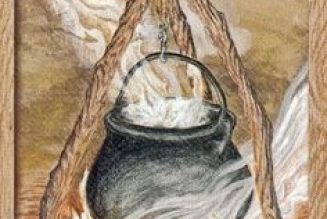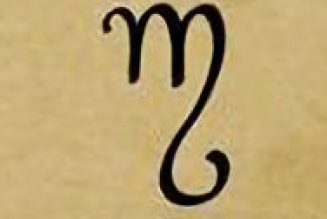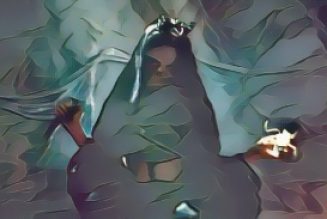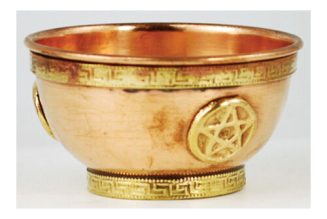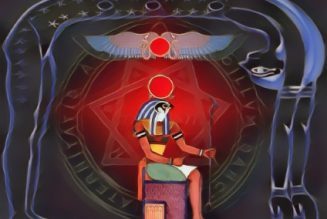ORIGIN
Greek. Goddess of the moon and of pathways.
KNOWN PERIOD OF WORSHIP
circa 800 BC until Christianization (circa AD 400).
SYNONYMS
Hekate.
CENTER(S) OF CULT
Lagina.
ART REFERENCES
sculptures and reliefs.
LITERARY SOURCES
Theogony (Hesiod) etc.
Hekate is the daughter of Perses and Asteria and is subsequently honored by ZEUS as a goddess.
She is the mother of Scylla and is specifically a goddess of pathways and crossroads traveled by night.
Artistic representations show her carrying torches.
Where paths met, a triple-figure of Hecate rose from masks placed at the junction.
Offerings were left in roadside shrines and at junctions. In later times she tended to become syncretized with the goddess ARTEMIS.
Hekate is also the patron of Medea and other witches, and in some parts of Thessaly, she was worshiped by occult bands of female moon worshipers.
In variations of the DEMETER legends, Hekate plays a part in the return of PERSEPHONE from HADES.
She is also invoked as a bestower of wealth and favor




